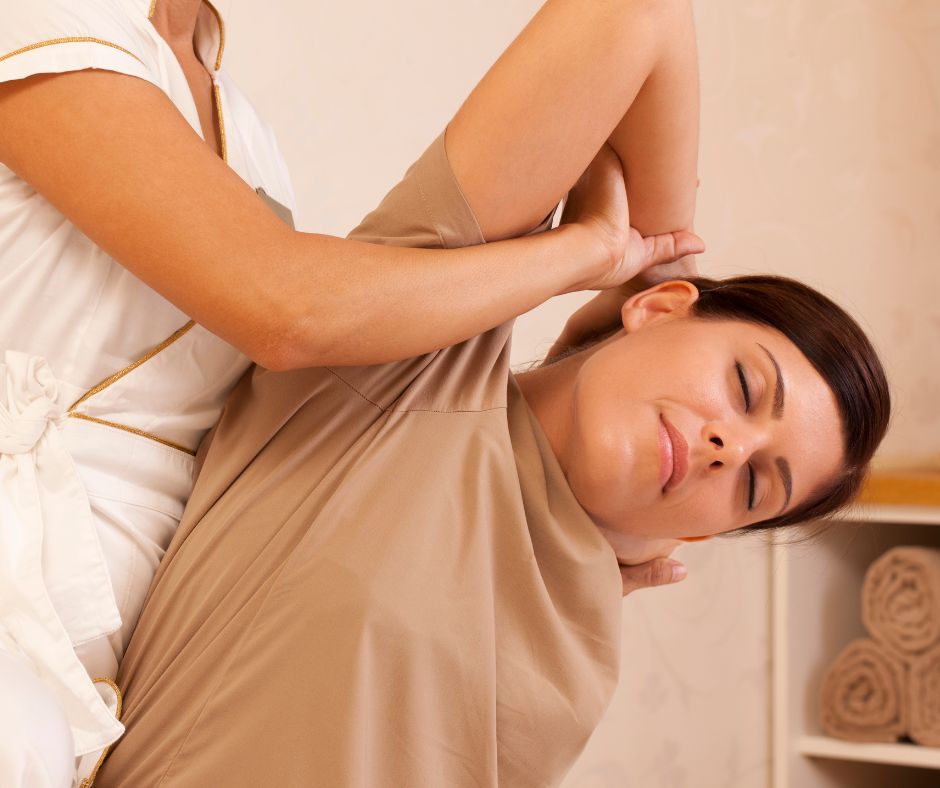5 things you should know about Thai massage
1.What is a Thai massage?
It might sound unexpected, but Thai massage was actually found in India and not Thailand as most would assume. It was started to be practised approximately 2,500 years ago by a person named Shivago Komarpaj who is believed to have been a personal physician to Buddha himself. Nowadays this treatment is quite a popular alternative medicine modality widely used in western countries for great, non-invasive, bodily benefits.
2.What are the benefits?
This massage helps to alleviate tension accumulated in the muscles by manipulating them. It also improves the range of movement of the joints, promotes the local circulation, which sends more blood into the area allowing for better function, as well as having an impact on lymphatic drainage helping to remove the waste products such as lactic acid and carbon dioxide from the areas treated. Moreover, Thai massage can promote relaxation which can help to relieve stress and anxiety and improve your sleep, lower the blood pressure during and few hours after the treatment and improve athletic performance.
3.What conditions can be treated with Thai massage?
There are several conditions that Thai massage can help to improve and manage. Those include:
- Acute and Chronic lower back and neck pain.
- Headaches.
- Muscle tension and soreness.
- Reduced joint mobility.
- Although Thai massage can not cure anxiety and stress, it is a great alternative treatment to help you to manage it.
- It may help you manage withdrawal symptoms if you are fighting an addiction.
- It may also help with physical rehabilitation if you are recovering from an injury such as a muscle strain or a ligament sprain.
4.What to expect during the Thai massage treatment?
Thai massage differs from deep tissue, sports massage or Swedish massage quite a lot. It is always performed fully clothed. Therefore, you should ensure that you are wearing comfortable clothing to your appointment. The treatment is done on an exercise mat where the therapist is moving your body passively through many yoga-like movements and stretches. It may also include some pressure applied onto certain areas which the therapist might find restricted or tight. In some occasions breathing techniques may also be included. After the treatment you usually feel relaxed but energised at the same time.
5.What are the side effects?
Because Thai massage involves passive body movement alongside some deep pressure on certain areas, it may result in soreness, bruising or aggravation of your symptoms for the first 24-48 hours after the treatment. However, if the massage is very vigorous, it may result in muscle, ligament or even bone damage. Hence, we strongly recommend that when you are having any type of massage and feel that the treatment is way too strong and painful, do not just clench your teeth and go with it, communicate it to your therapists so that the treatment can be eased off to avoid any unnecessary injuries.
We hope this information is useful. If you need advice or have any questions about our treatments, please contact us. You can find us in Mill Hill Broadway and Islington. We are always glad to help. If you like this blog, please share!



